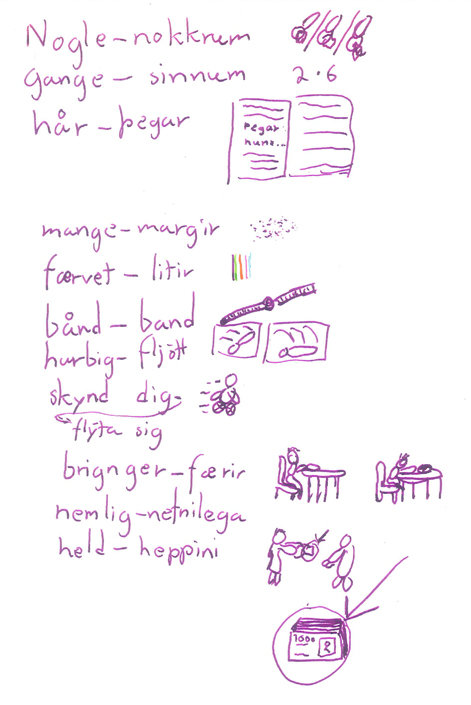
This course is intended for qualified art therapists, art therapy students, and other qualified creative therapists from around the world.
Through art making, sharing, supervision, discussions, reading, studying, and lectures the participants will gain knowledge about methods and theories of art educational therapy which includes the application of writing-images and memory-drawing. The course is for those who wish to include memory drawing and writing-images into their art therapy practices.
11 November kl 11.00 - 14.00
25 November kl 11.00 - 14.00
9 December kl 11.00 - 14.00
6 January kl 11.00 - 14.00
20 January kl 11.00 - 14.00
3 February kl 11.00 - 14.00
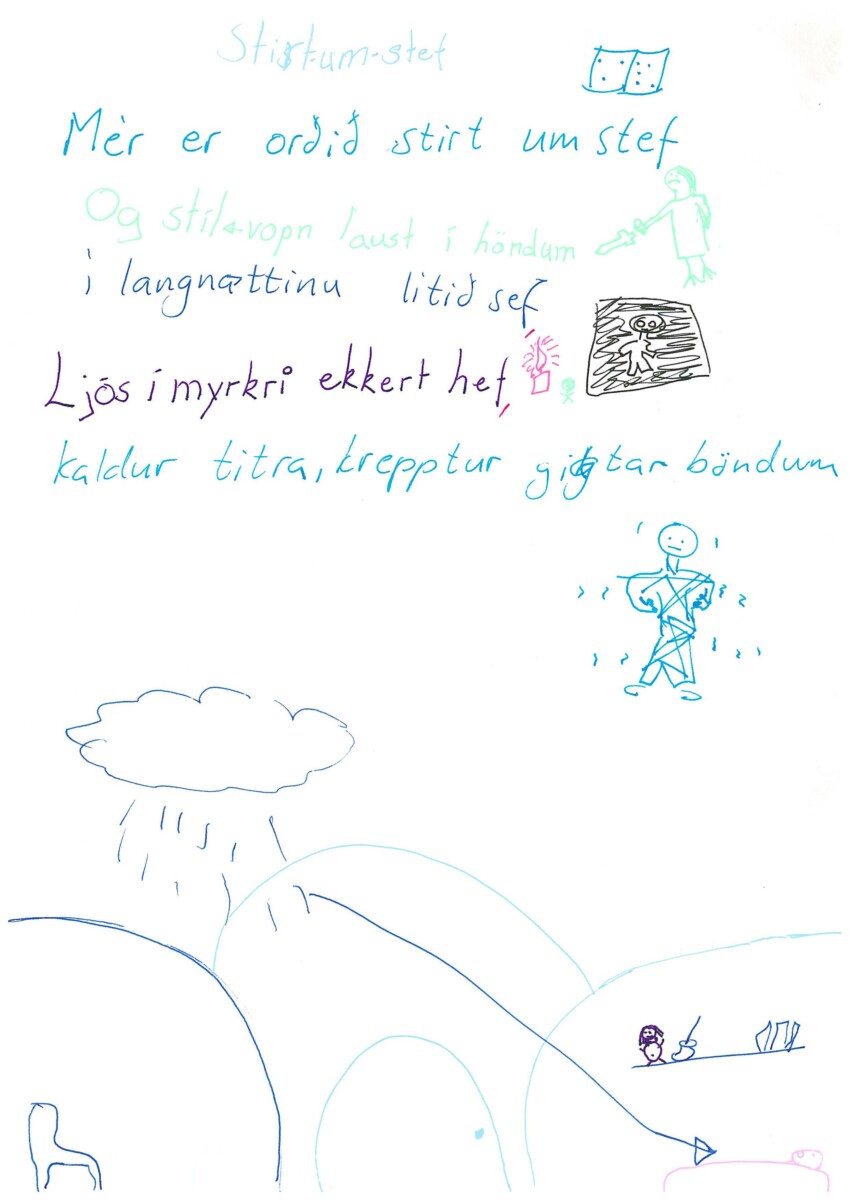
This course is open to qualified Art Therapists and Art Therapy Trainees. Participants will gain knowledge about the basis of the methods and theories of memory drawing, which aids individuals in better memorising various facts related to their coursework learning. Memory drawing also facilitates processing of emotions in the same way as the art-making process functions within art therapy.
Quantitative research which shows that memory drawing is an effective long-term memory aid will be introduced at the course, along with a qualitative case study that demonstrates the way in which memory drawing can simultaneously facilitate coursework learning and processing of emotions. The way in which memory drawing can be applied has implications and recommendations for professionals working in education, including art therapists who work in educational settings, as therapy and education are integrated within such memory drawing.
Through art making, sharing, discussions and lectures, the participants will gain knowledge about the basis of the methods and theories of Memory Drawing. Such drawing aids individuals in better memorising various facts related to their studies. Quantitative research conducted by Ottarsdottir showed that over long time periods, it is generally five times easier to recall drawn images of word content than written words. Along with aiding memory retention, memory drawing facilitates processing of emotions and difficult experiences in a similar way as the art-making process functions within art therapy which will be explained in the course.
Reference image: Ottarsdottir, U. (2019) Ethical Concern when Applying Drawing for Memory: Research Conducted in Iceland. In: Audrey Di Maria (Ed.). Exploring Ethical Dilemmas in Art Therapy (pp. 266-272). New York: Routledge.
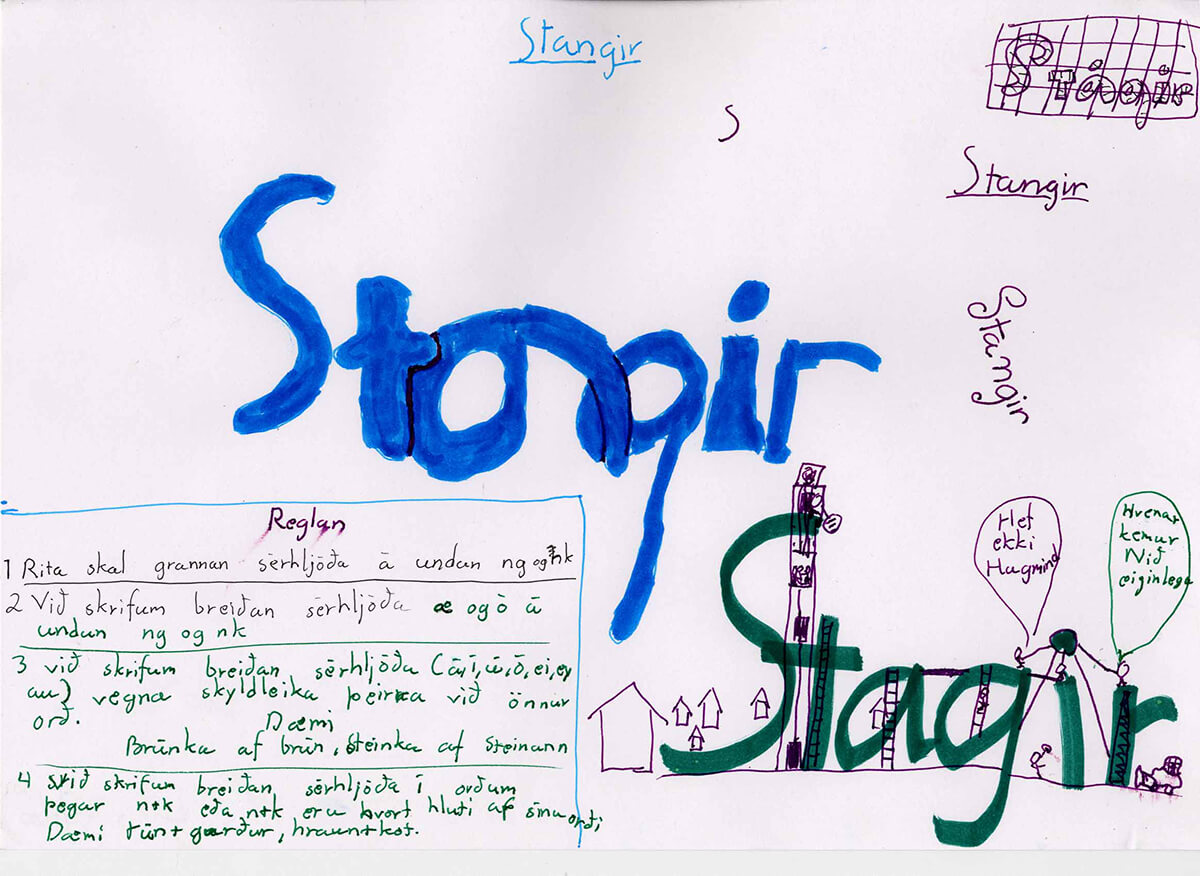
The workshop is a continuation of Introductory Lecture II: Art Educational Therapy and Writing-Images. Participants are invited to take part in a creative project and thereby acquire experience of art educational therapy and the possibilities provided by the method. Participants must already have acquired some understanding of art therapy and art educational therapy by attending lecture(s) and/or foundation courses on art therapy and art educational therapy, such as Introductory Lectures I and II: What is Art Educational Therapy? and Art Educational Therapy and Writing-Images.
In the art educational therapy (AET) research project introduced in this course, coursework is integrated into art therapy with the aim of facilitating emotional well-being and coursework learning. Theories concerning “writing-images”, which emerged in the study are introduced. The concept “writing-images” refers to drawn images of alphabetical letters and numbers, which form part of the methods of art educational therapy.
During a specific developmental phase, many children draw letter shapes before they develop knowledge about phonetics and symbols that make up the letters of the alphabet. This period is called the “writing-images stage”. Ways to work with “writing-images” with the goal of restoring, strengthening and preserving the educational foundation that was formed during the writing-images stage are presented in the course. Simultaneously, emotional expression through art making is observed through the prism of art therapy. In the course, an emphasis is placed on the importance of paying attention to children’s writing-images. The practical aspects of writing-images with regard to therapy and education are also discussed.
Participants are invited to take part in a creative project and thereby acquire experience of art educational therapy and the possibilities provided by the method.
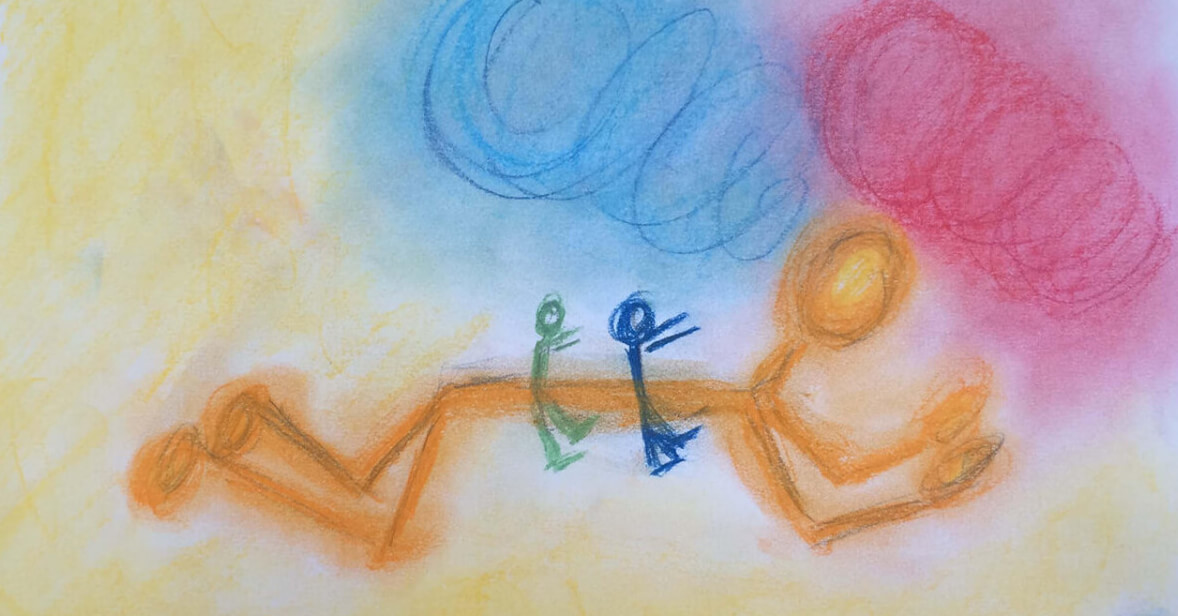
The course is intended for professionals who seek to expand their understanding of their own and their clients’ art making with the aim of facilitating well-being and self-development. The course is suitable for professionals who treat individuals who have experienced trauma. Participants are expected to have education and experience related to therapy and/or have basic knowledge about art therapy which they may have acquired at another foundation course on art therapy.
The course will offer participants insight into the following aspects of art therapy for people who have experienced trauma.
From the perspective of art therapy, art making is seen as a useful resource for processing emotions and memories related to traumatic events. Making non-verbal images is a dimension which allows the client to express complicated and difficult memories and experiences which words sometimes cannot reach. The artwork creates a safe space where trauma-related emotions can be processed. A manageable distance is formed through the symbolism of the artwork. Creativity can give rise to hope and replace the hopelessness that is often a consequence of traumatic life events.
The therapeutic relationship is an imperative part of a safe therapeutic setting in which listening and understanding is offered. The art-making that takes place within the therapeutic relationship is an appreciated approach where an opportunity is provided to view the problems through the artwork from a manageable distance.
The course offers participants insight into the above-mentioned topics, for example the ways in which art-making within the therapeutic relationship can aid individuals in gaining strength, life fulfilment, joy and hope, despite traumatic past events. The course consists of lectures, discussions and workshops where participants are invited to take part in the creative process and experience the possibilities entailed therein.
For further information please contact us via email: unnur@unnurarttherapy.is.
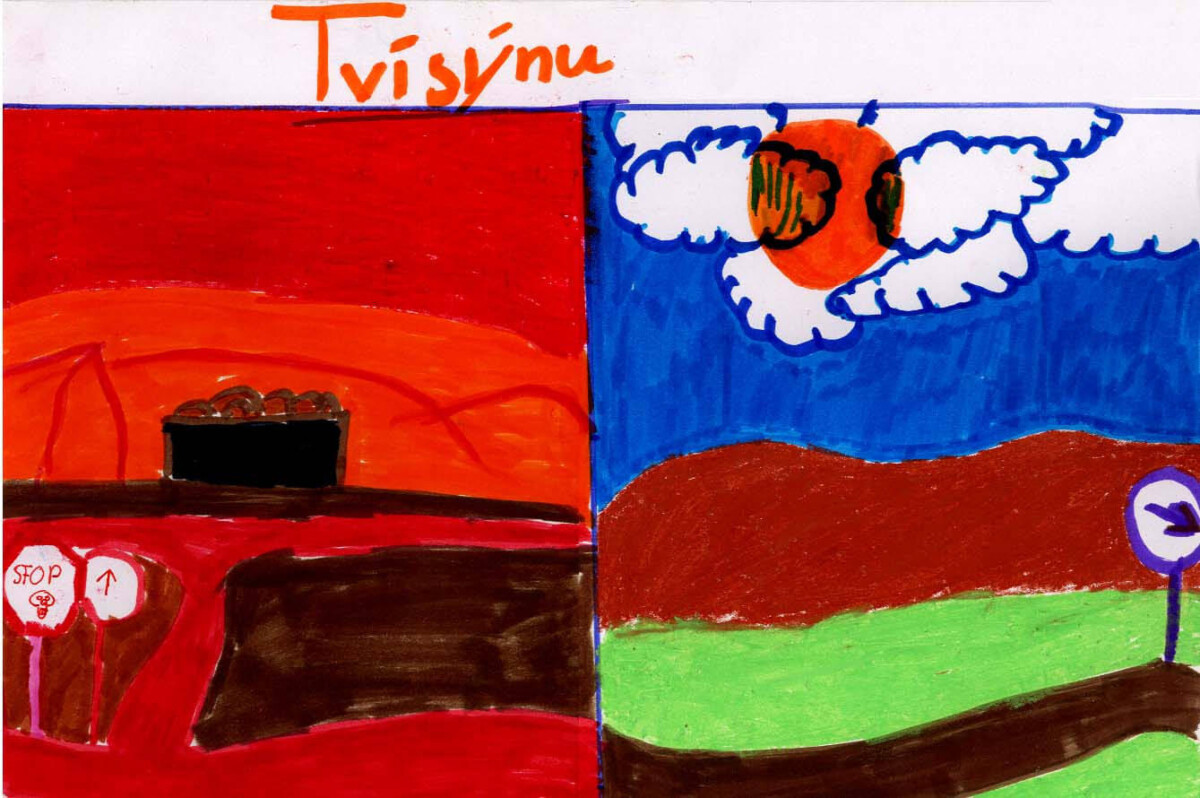
The course offers participants insight into the basic theories and methods of art therapy by means of lectures, reading, written assignments, discussions and workshops, where participants experience the creative process and the possibilities it offers. Knowledge of one’s own artistic imagery increases self-awareness and the ability to help individuals in need. A number of ways of creating artwork will be introduced in the course, with the aim of increasing creativity, strengthening identity, fostering communication, increasing self-awareness and facilitating well-being. Ways in which art therapy can be implemented in educational contexts will also be introduced in the course.
The concept of “writing-images”, which refers to the process of drawing images of letters and numbers, will be reviewed in the course. The “writing-image stage”, which describes a phase when children experiment with drawing writing-images, will be introduced. Methods of drawing writing-images with the aim of restoring, strengthening and preserving an educational base will be presented at the course.
The course is intended for those who are interested in art therapy, such as individuals who would like to study and work with art therapy on a professional level. The course is also useful for professionals who seek to expand their understanding of their own and their clients’ art making with the aim of facilitating well-being and self-awareness. The course is well suited for individuals who work within the educational system. Prior knowledge is required, for example attendance at the course Art Therapy in Education I.
The course is held for example at the Art Education Department at the Iceland University of the Arts. For further information please contact us via email: unnur@unnurarttherapy.is or contact the Art Education Department at the Iceland University of the Arts.
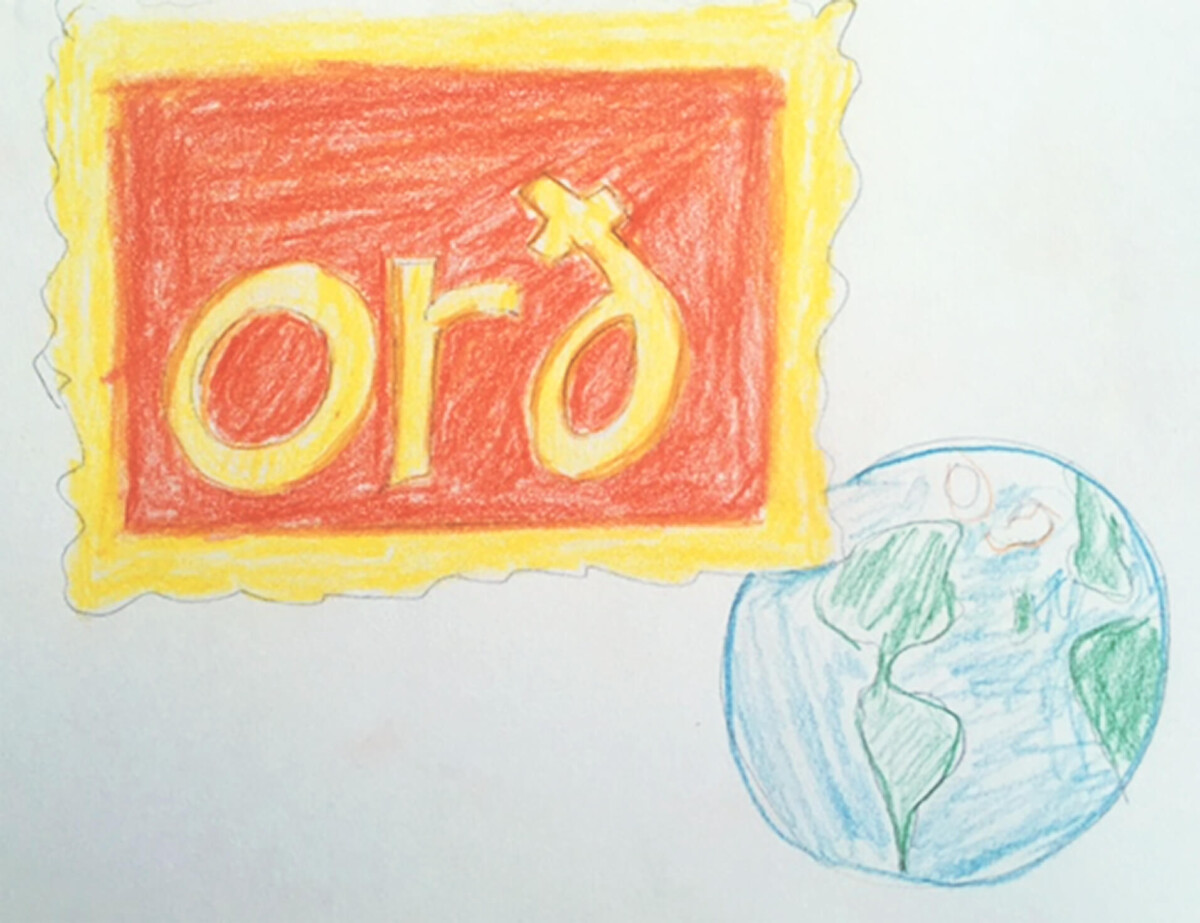
The course offers participants insight into the basic theories and methods of art therapy by means of lectures, reading, written assignments, discussions and workshops, where participants experience the creative process and the possibilities it offers. The course presents a number of ways of art making that increase creativity, strengthen identity, foster communication, increase self-awareness and facilitate well-being. Knowledge of one’s own art-making increases self-awareness and provides ability to help individuals in need. Ways in which art therapy can be implemented in educational contexts will be introduced in the course. No prior knowledge or experience of art is required to participate.
The course is intended for those who are interested in art therapy, such as individuals who would like to study and work with art therapy on a professional level. The course is also useful for professionals who seek to expand their understanding of their own and their clients’/students’ art making, with the aim of facilitating well-being and personal development. The course is well suited for individuals who work within an educational context.
The course is held for example at the Art Education Department at the Iceland University of the Arts. For further information please contact us via email: unnur@unnurarttherapy.is or via the Art Education Department at the Iceland University of the Arts.
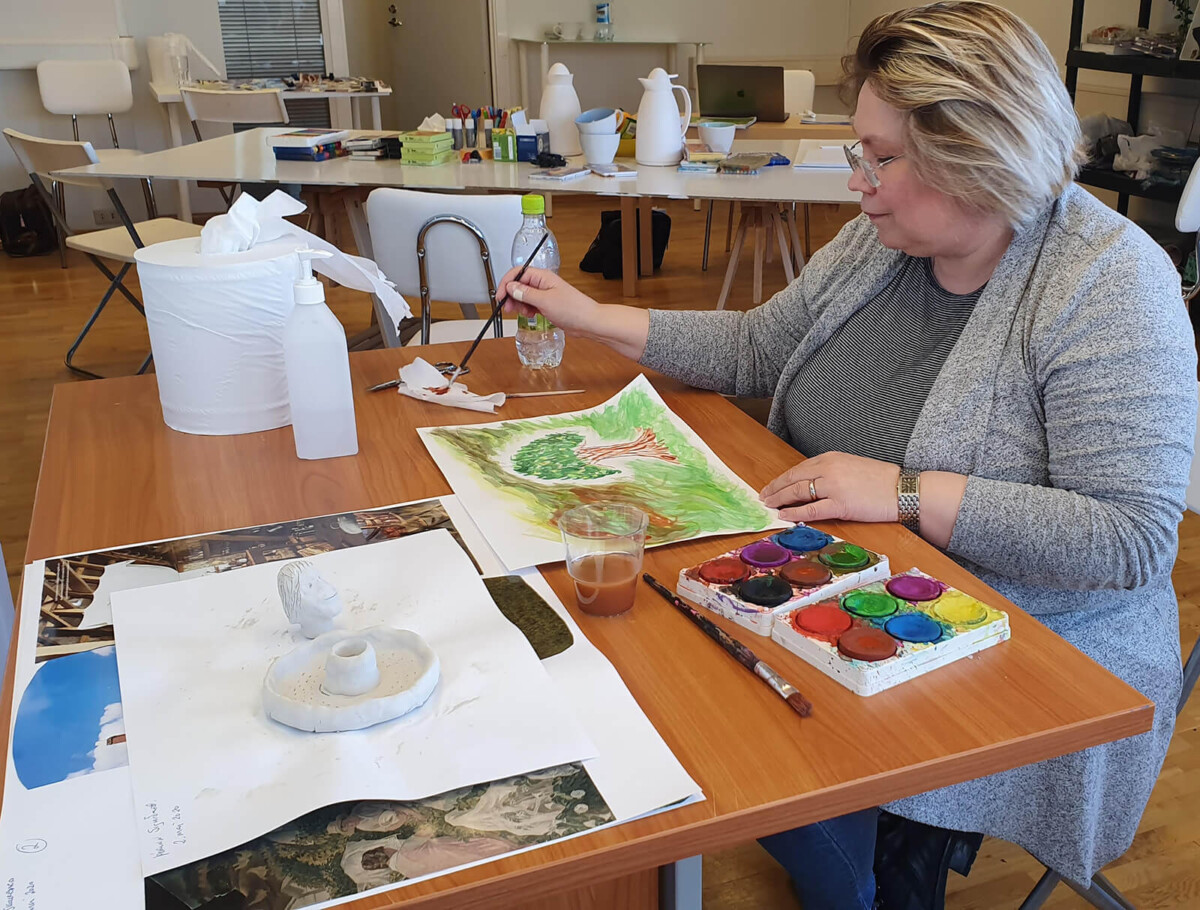
The course expands on the main topics of Introductory Course I – What is Art Therapy? Insights into the precursors, influences, origins and history of art therapy are offered. The course is based on lectures, reading, written assignments, discussions and workshops, where participants get to experience the creative process personally along with the ways it relates to the concepts and theories of art therapy. No prior knowledge or experience of art or creating art is required for participation.
Some of the pioneers of art therapy, such as Margaret Naumburg and Adrian Hill, will be introduced in the course. The basic approaches, methods and theories that form the foundation of art therapy will be reviewed. Influential factors which shape contemporary art therapy approaches will also be explored.
The course is intended for those who are interested in art therapy, such as individuals who would like to study and work with art therapy on a professional level. The course is also useful for professionals who seek to expand their understanding of their own and their clients’ art making with the aim of facilitating well-being and personal development of their clients and students. Some knowledge about art therapy is recommended, for example, attendance at Introductory Course I – What is Art Therapy?
The course is held among other places at the Continuing Education Department, University of Akureyri. For further information please contact us via email: unnur@unnurarttherapy.is or simenntunha@simenntunha.is.
Do you want to unleash the creativity within you and your clients? Do you want to understand how thoughts and emotions are expressed through art making? Do you want to know how you can increase strength and facilitate well-being through the process of making art? Do you want to increase your understanding of imagery and symbolism of art?
The course is intended for everyone interested in art therapy, including those who seek to study and work with art therapy professionally. The course is also useful for professionals who are searching for a better understanding of the art-making process in order to facilitate well-being and personal development of their clients and students.
Insight into the basic concepts and methods of art therapy is offered in the course by means of lectures, reading, written assignments, discussions and workshops, whereby students take part in the creative process and experience the opportunities facilitated. Knowledge of one’s own art making increases self-awareness and gives participants the tools to help others who might find themselves in trouble. A number of ways to create artwork will be introduced in the course, with the aim of increasing creativity, strengthening identity, fostering communication, facilitating self-awareness and improving well-being. Prior knowledge or experience of art is not required for participation.
One of the course locations is the Continuing Education Department at the University of Akureyri. For further information please contact us via email: unnur@unnurarttherapy.is or simenntunha@simenntunha.is.
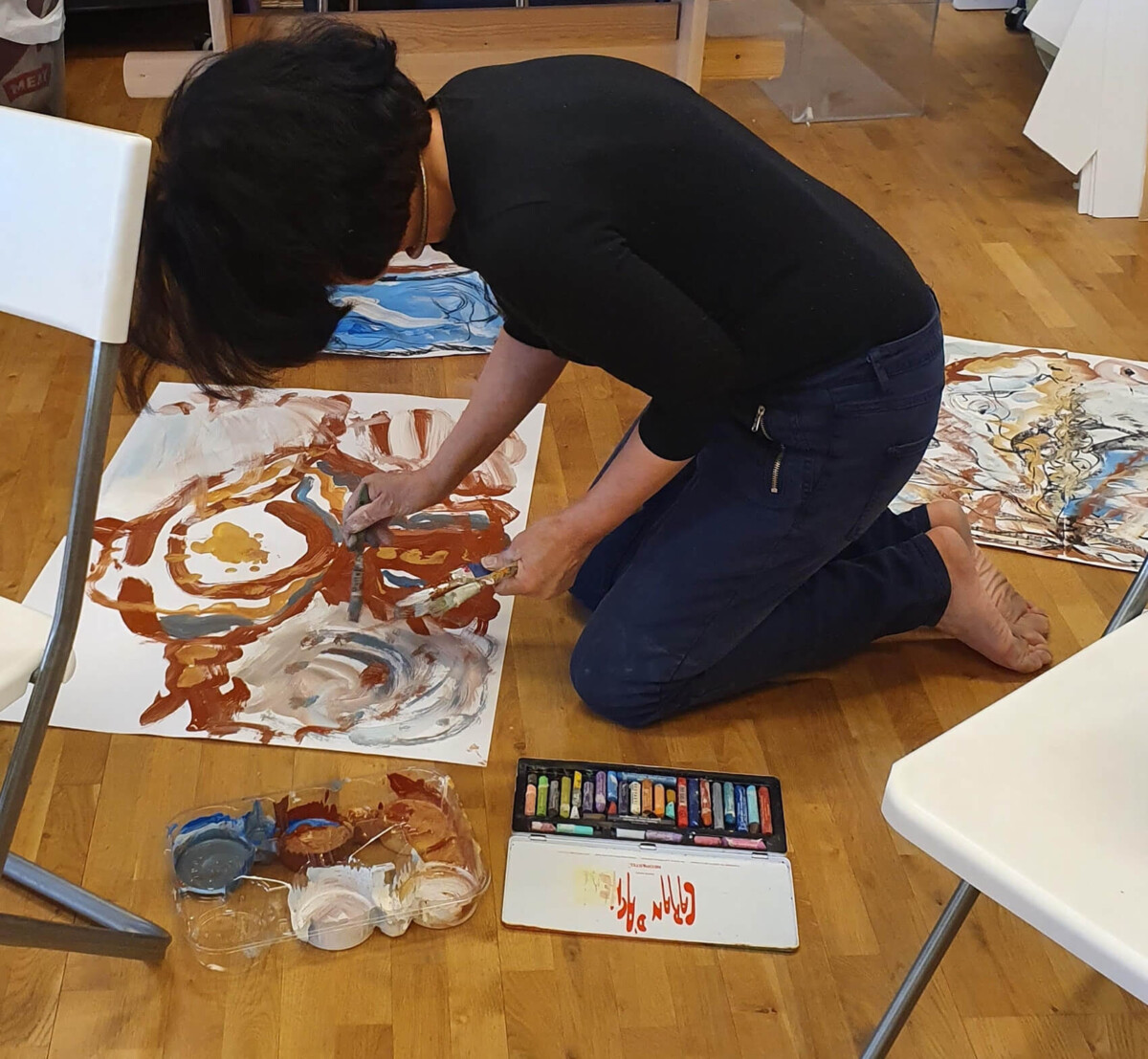
“The knowledge I gained from attending the course has been of great use to me throughout my career of working with children and adolescents, and it still is. I learned to understand that the art created by the children and teenagers who I work with has important underlying meanings. What I learned in the course has proved useful for understanding a wide variety of symbols and signs in the artwork.
My understanding of the art has in some cases opened up a dialogue with the students which I have then been able to share with other professionals. For example, I have managed to present difficulties which the children express in their artwork at team meetings with other professionals.
Sometimes the message in the children’s artwork is quite clear. Art teachers and other staff are in a perfect position for developing an understanding of an individual’s condition and overall well-being through the images they create. I think the course should be part of the core of teacher education programmes. I would be the first person to attend a continuing art therapy foundation course for professionals.”
“What you offered to us who participated in the course was an opportunity to stop, look, review and rethink. Your presence allowed us a certain freedom to be, just be present there and then in the moment, which can only be created through respect for the individual and belief in the individual's abilities. You gave us a framework and I think we all adjusted to it without fear of being judged. What we learned about art therapy and the insight you provided into that world was immeasurably valuable for me. Giving keys to that world to someone who is ready to open up will increase our possibilities to work on and support ourselves and others. You are a great teacher, Unnur, and hopefully I will get the chance of meeting you again soon and experience and learn more and more and more.”